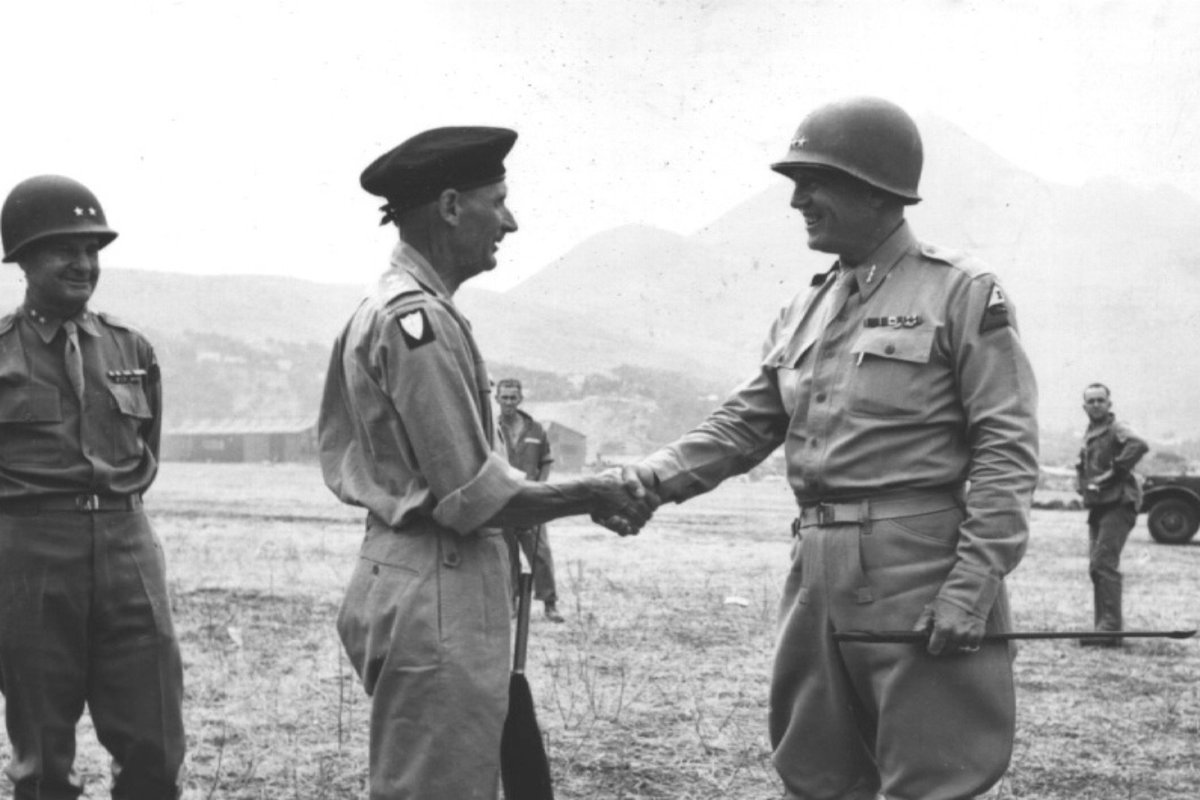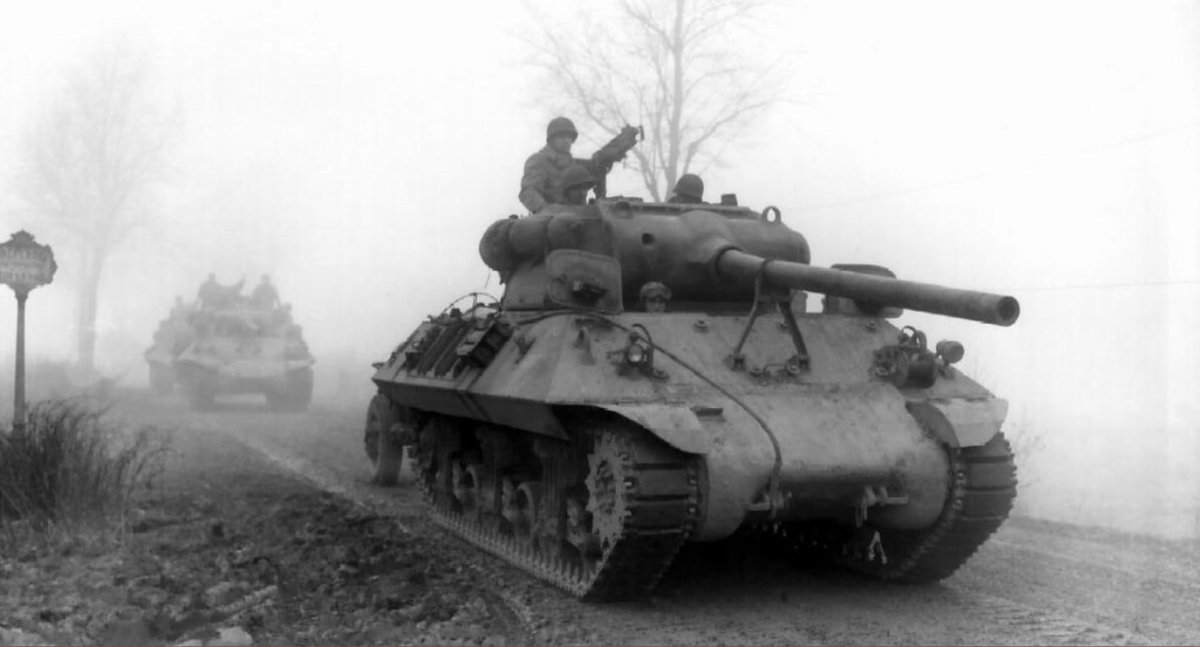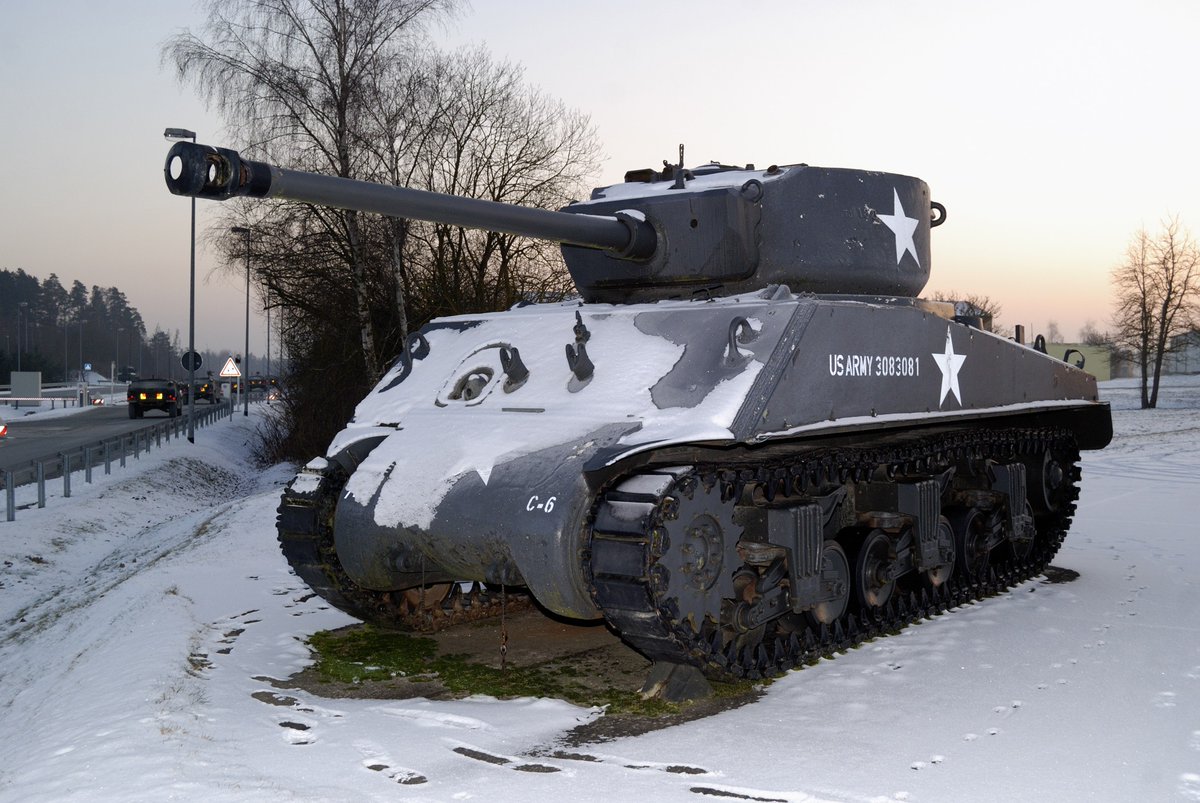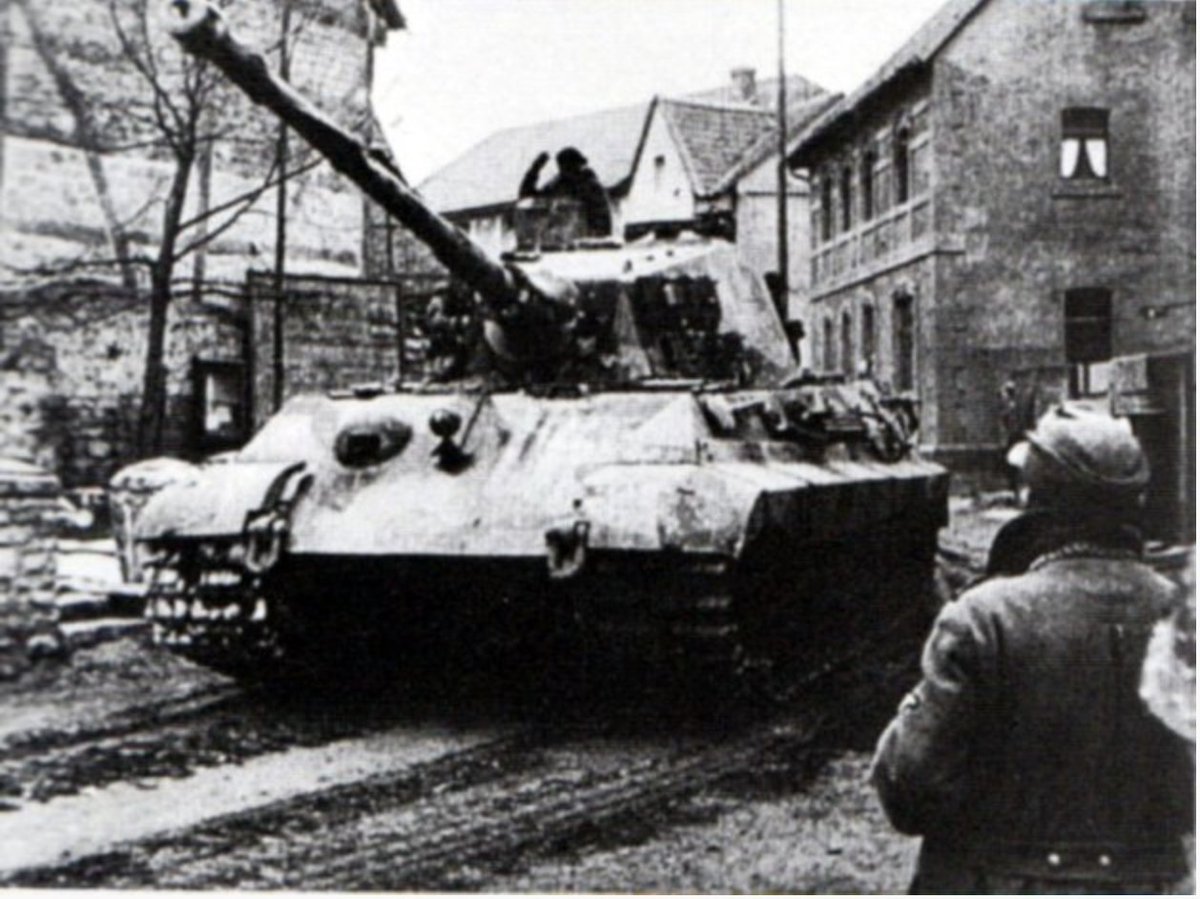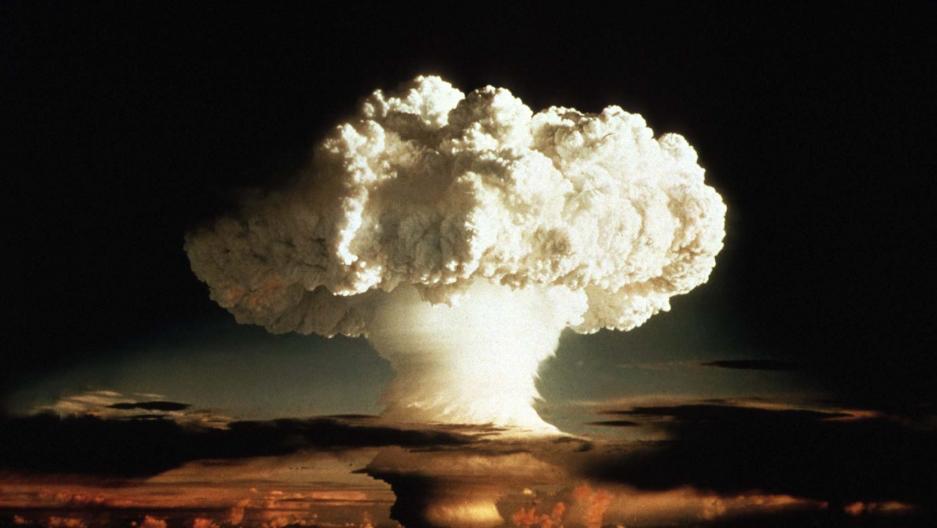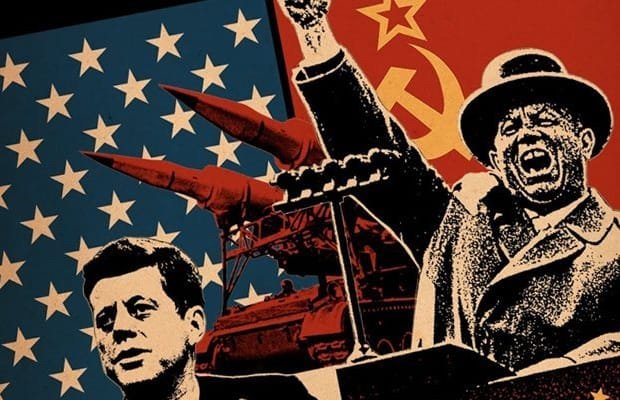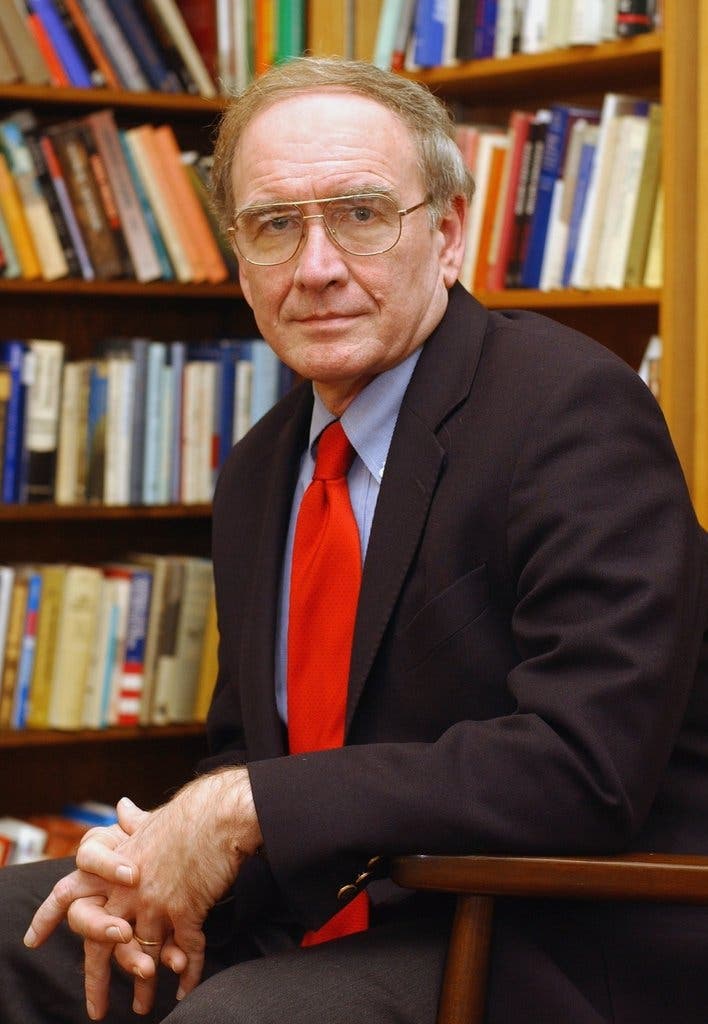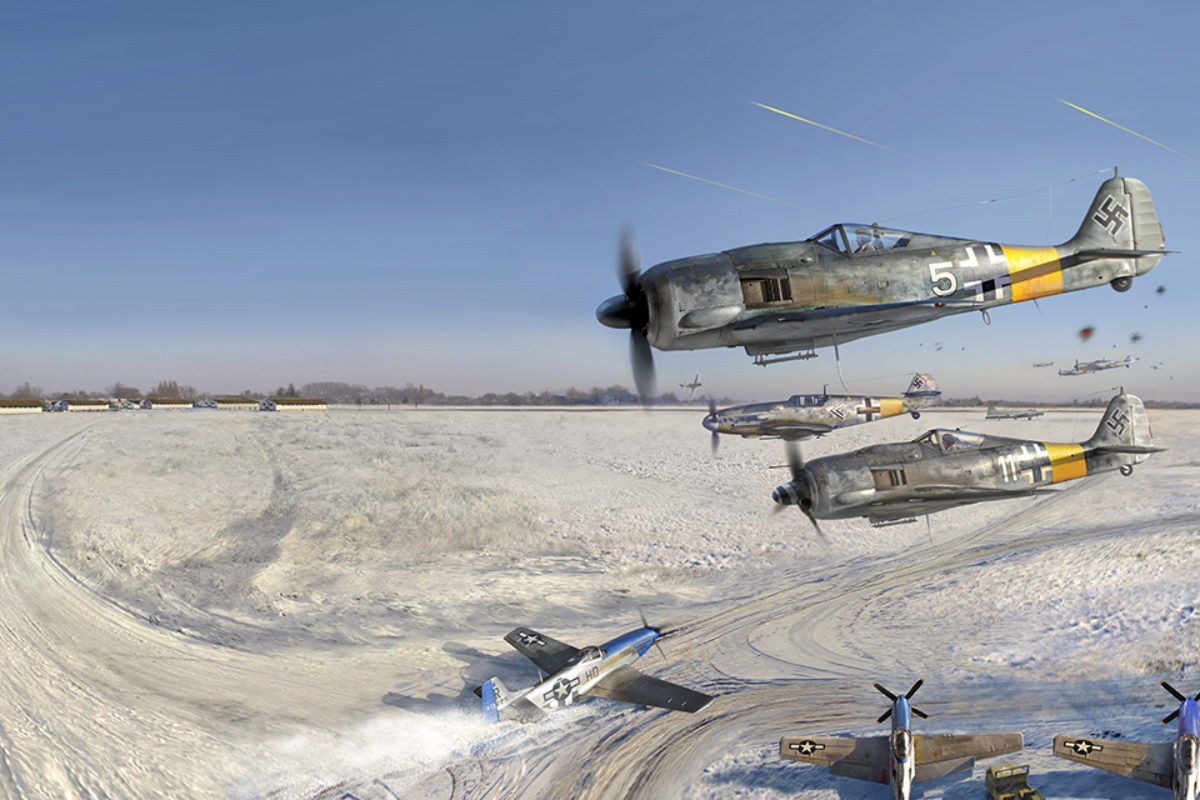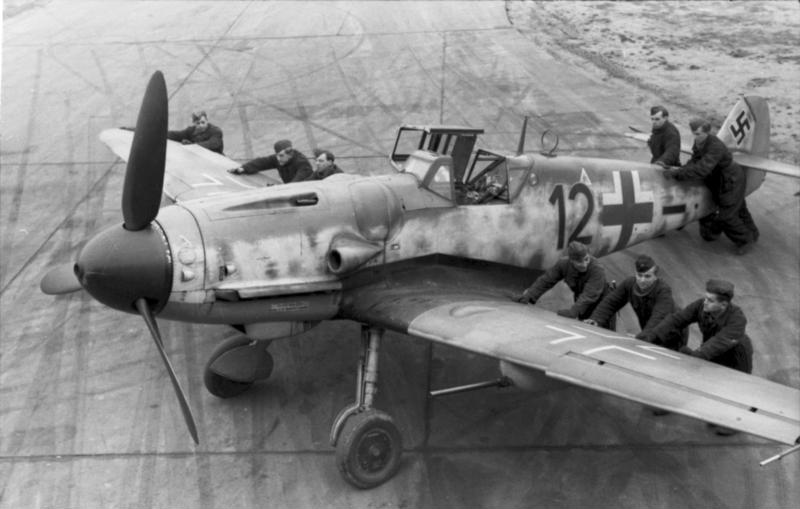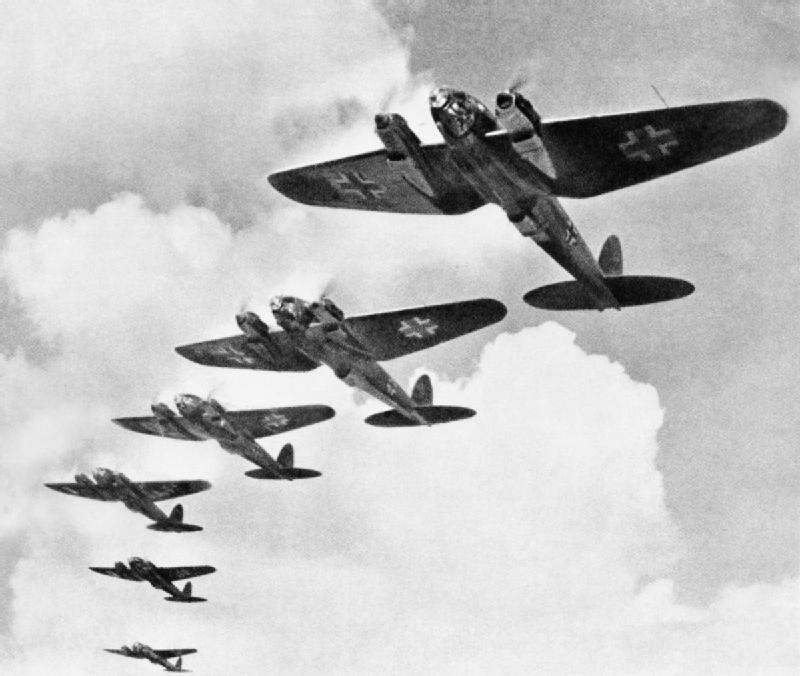
[1 of 20]
So many lessons for today's Army from the Battle of the Bulge (we've been covering many of them).
This one is about dealing with media.
So many lessons for today's Army from the Battle of the Bulge (we've been covering many of them).
This one is about dealing with media.
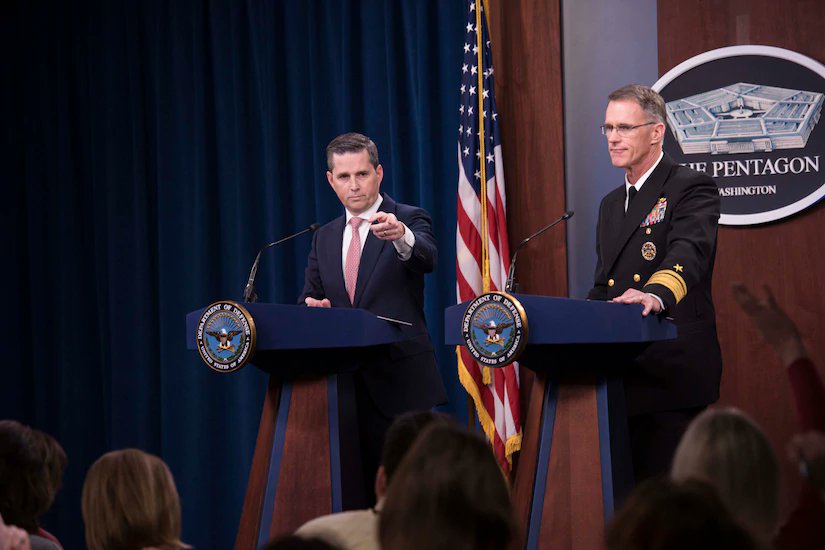
[2 of 20]
Specifically, this story is about the dangers of bad public affairs (we know, you've made it easy for @rickdicksonreal to tweet "yeah, 18th Corps knows all about bad public affairs")
Specifically, this story is about the dangers of bad public affairs (we know, you've made it easy for @rickdicksonreal to tweet "yeah, 18th Corps knows all about bad public affairs")
[3 of 20]
On January 5, 1945, at a time when Ike established a tenuous partnership between Patton in the North and Monty in the South, Eisenhower is just trying to keep the peace between the two and keep them moving against the bulge.
On January 5, 1945, at a time when Ike established a tenuous partnership between Patton in the North and Monty in the South, Eisenhower is just trying to keep the peace between the two and keep them moving against the bulge.
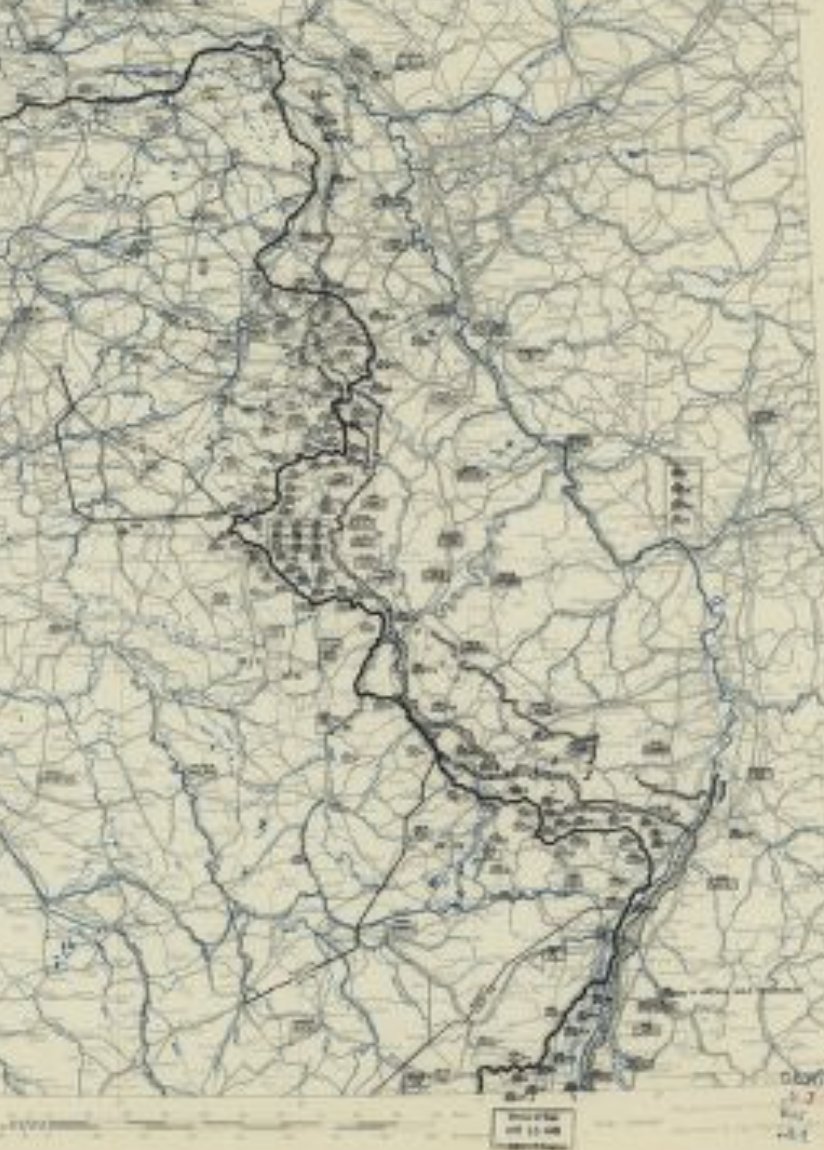
[4 of 20]
It didn't help that SHAEF confirmed an American press report that the U.S. 1st & 9th Armies (overwhelmingly American forces) are now under Monty. A London newspapers begin describing GIs as "Monty's troops," infuriating American officers & Soldiers.
It didn't help that SHAEF confirmed an American press report that the U.S. 1st & 9th Armies (overwhelmingly American forces) are now under Monty. A London newspapers begin describing GIs as "Monty's troops," infuriating American officers & Soldiers.
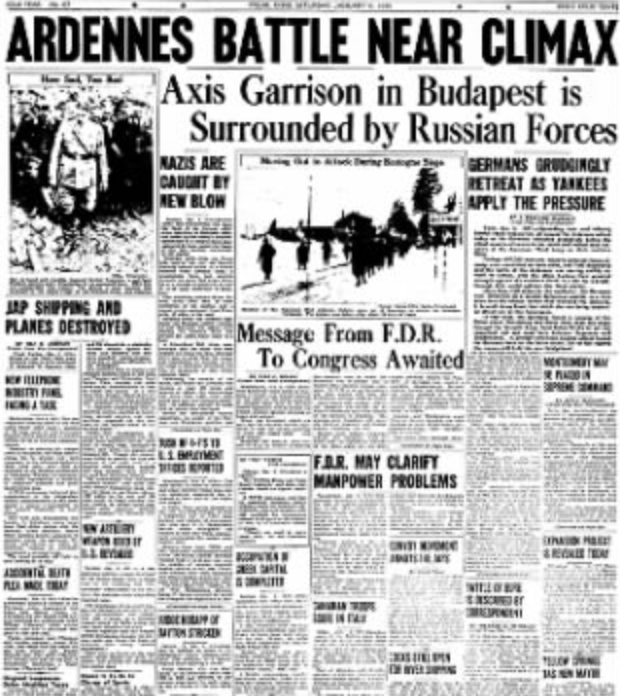
[5 of 20]
The next day, January 6, Monty tells Brigadier Sir Edgar Trevor Williams, his loyal intel chief, that he intends to host a press conference, by himself, explaining progress in the Allied counteroffensive.
The next day, January 6, Monty tells Brigadier Sir Edgar Trevor Williams, his loyal intel chief, that he intends to host a press conference, by himself, explaining progress in the Allied counteroffensive.

[6 of 20]
Sir Edgar's advice to Monty was straightforward: "Please don't."
Sir Edgar was a smart man and Monty should have listened to him.
He didn't.
Sir Edgar's advice to Monty was straightforward: "Please don't."
Sir Edgar was a smart man and Monty should have listened to him.
He didn't.
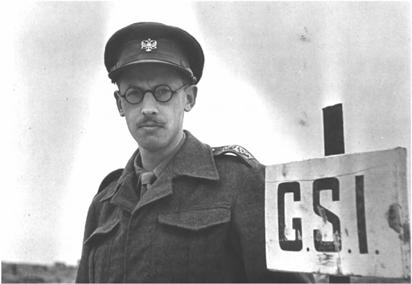
[7 of 20]
On January 7th, Monty brings the international press to his garden in front of his Zonhoven, Belgium headquarters.
On January 7th, Monty brings the international press to his garden in front of his Zonhoven, Belgium headquarters.
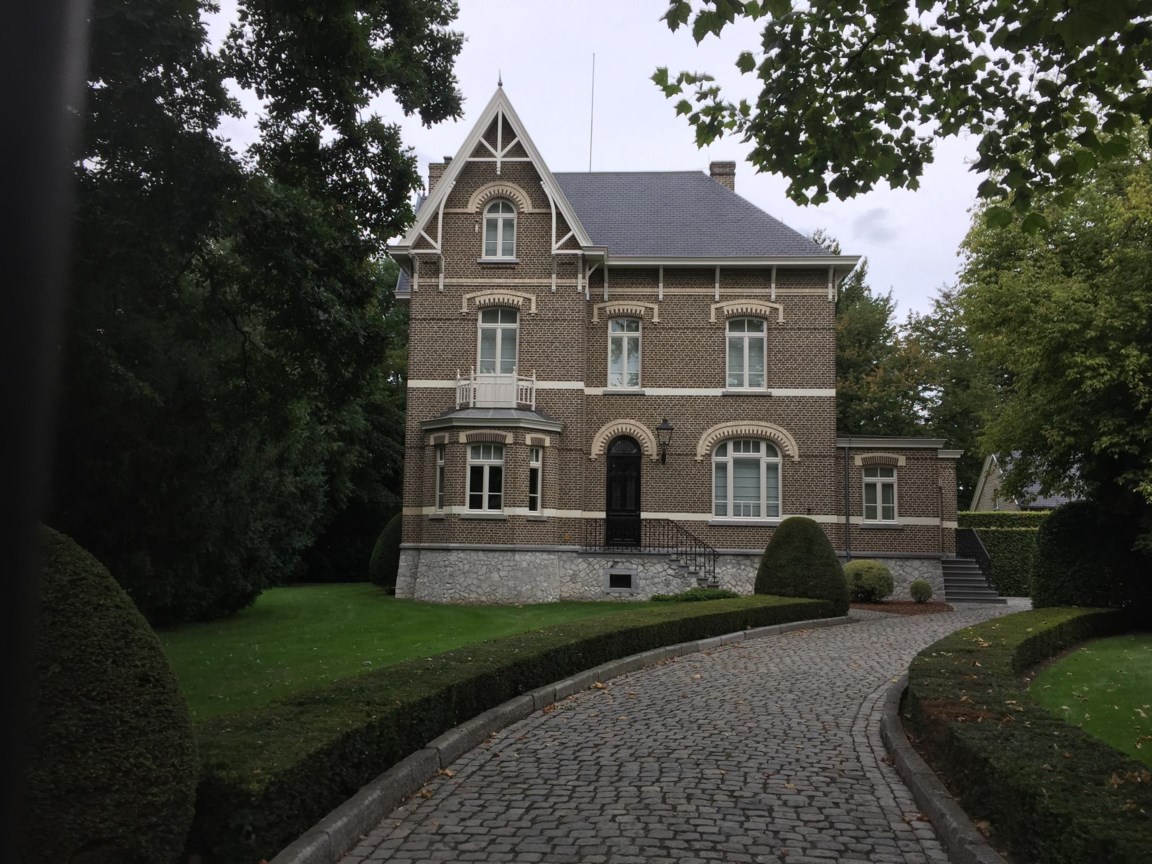
[8 of 20]
The press conference started out odd: Monty rolled out with his largest oversized beret and was wearing a parachute harness. A British reporter wrote "the man looks like a clown."
It got worse.
The press conference started out odd: Monty rolled out with his largest oversized beret and was wearing a parachute harness. A British reporter wrote "the man looks like a clown."
It got worse.
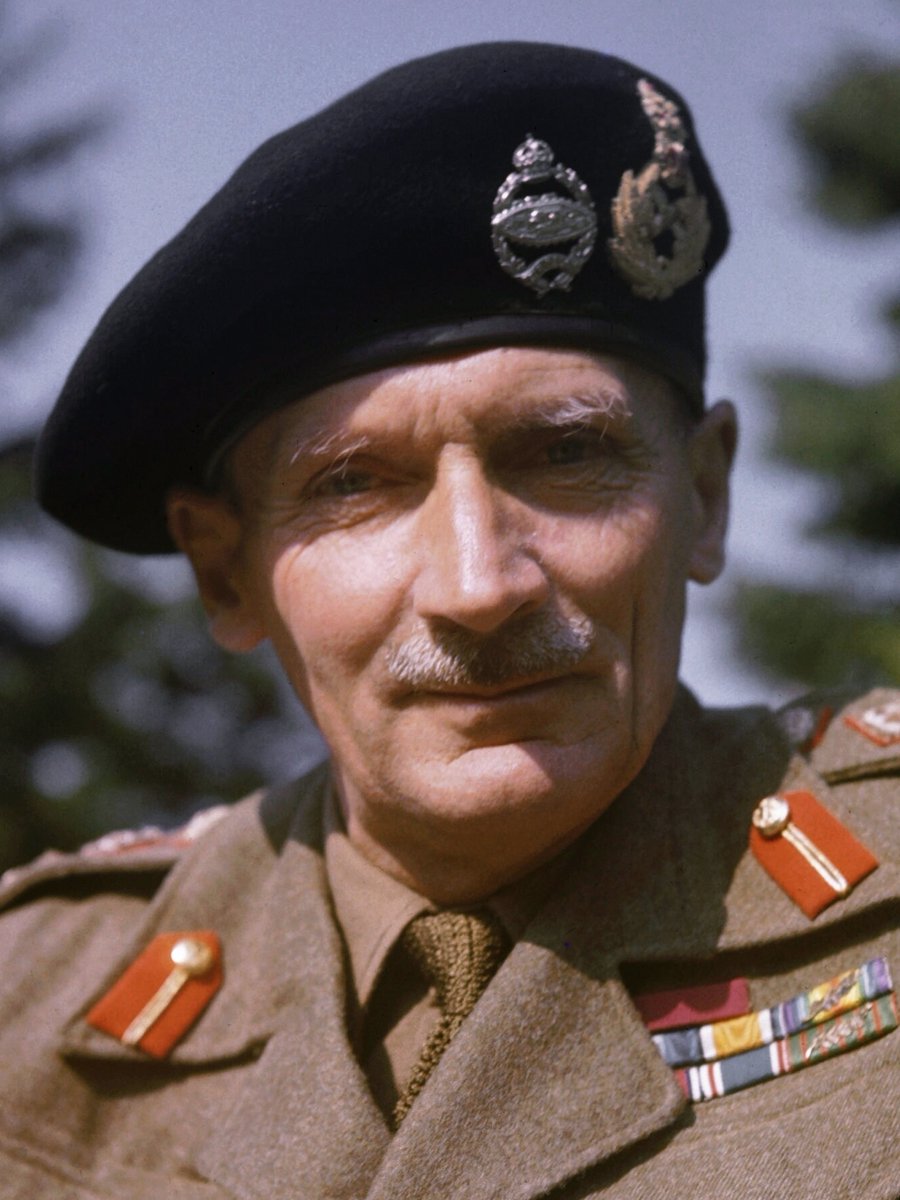
[9 of 20]
Monty goes on and on about how effectively he is fighting the Germans in the Ardennes.
He never once mentions the role of the Americans in folding Bastogne.
He never once mentions the American tank divisions sent to hold the line.
Monty goes on and on about how effectively he is fighting the Germans in the Ardennes.
He never once mentions the role of the Americans in folding Bastogne.
He never once mentions the American tank divisions sent to hold the line.
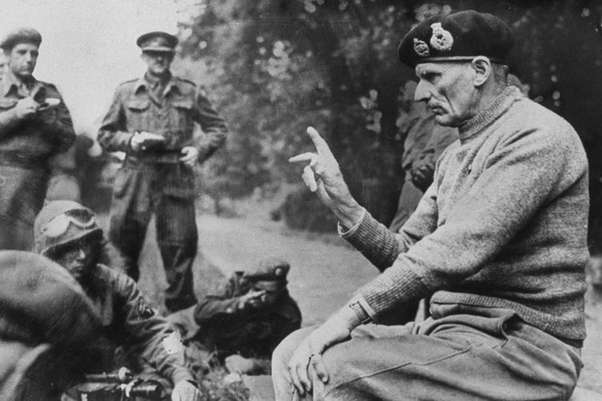
[11 of 20]
Monty presents himself as the savior of the Western front. He takes about a dozen questions, referring to himself in the first person in almost every answer.
22 minutes later, the press conference comes to a merciful end.
Monty presents himself as the savior of the Western front. He takes about a dozen questions, referring to himself in the first person in almost every answer.
22 minutes later, the press conference comes to a merciful end.
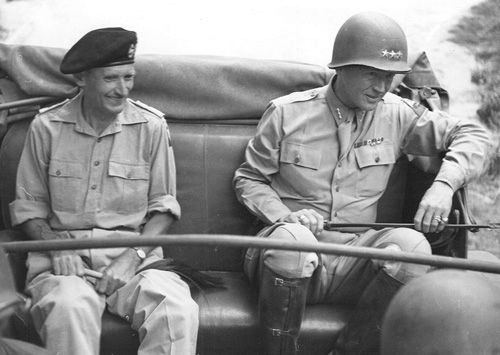
[12 of 20]
It's a disaster. American generals are furious. In the days to come, American Soldiers, hearing of Monty's words, are disheartened.
It's a disaster. American generals are furious. In the days to come, American Soldiers, hearing of Monty's words, are disheartened.
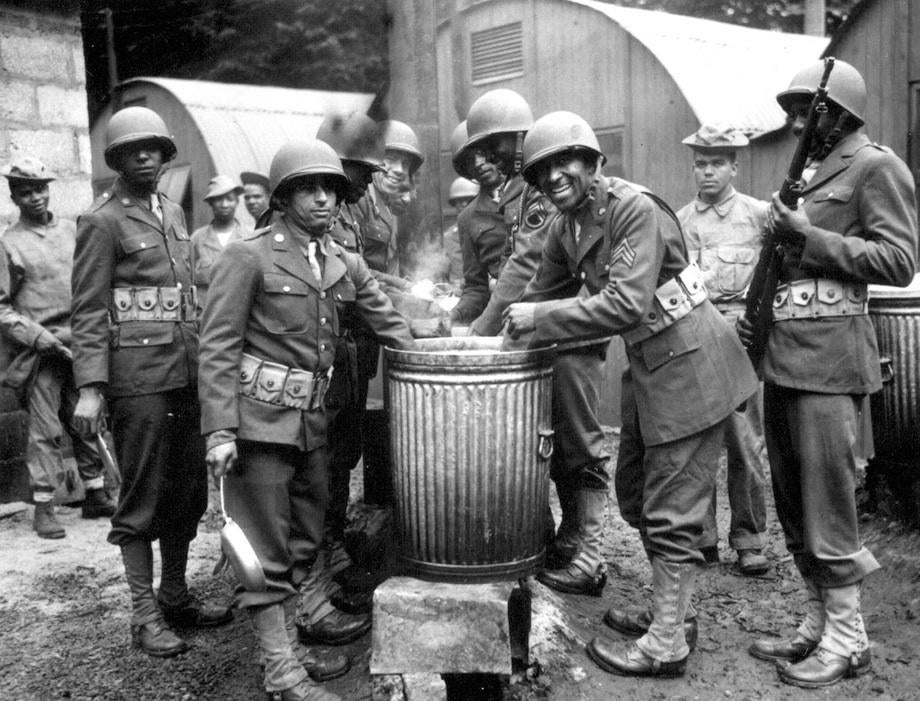
[13 of 20]
Just as Ike was working his ass off to pull the alliance together, Monty splits it once again.
Just as Ike was working his ass off to pull the alliance together, Monty splits it once again.
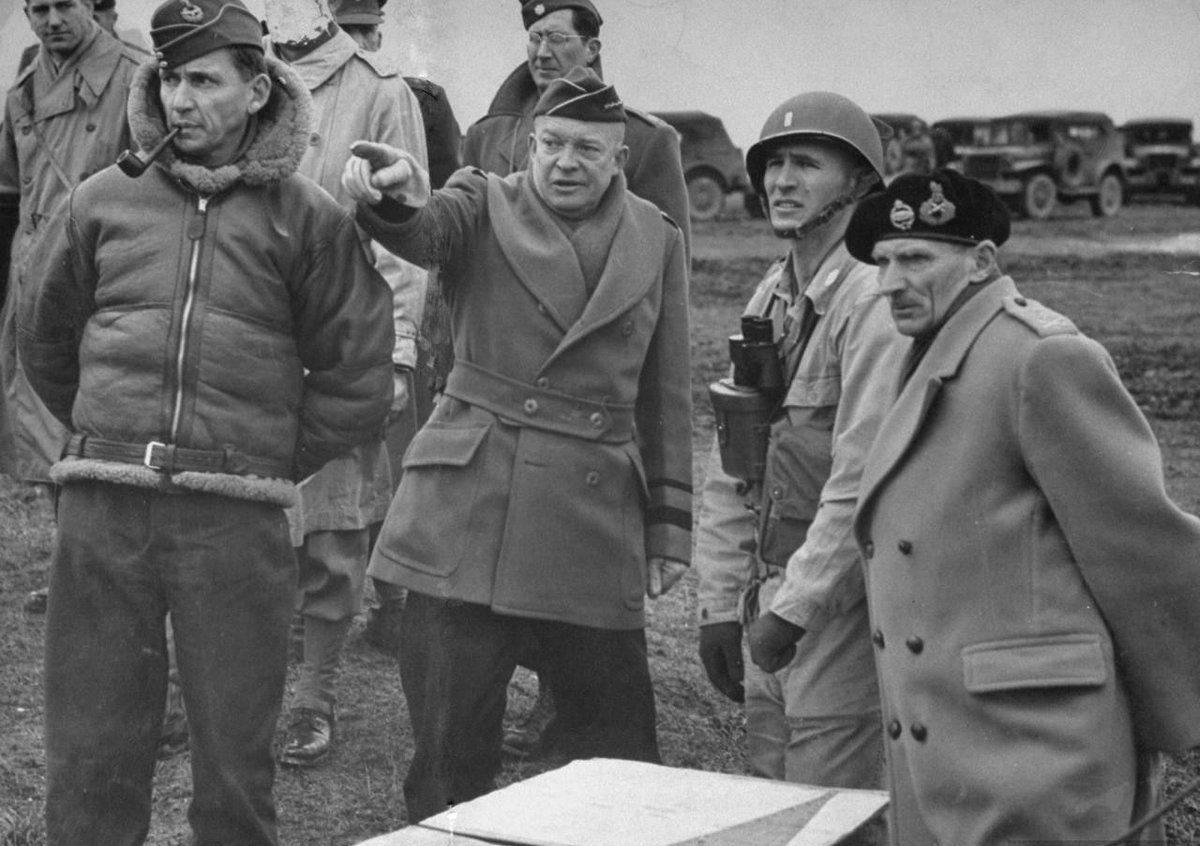
[14 of 20]
Monty's reputation never recovered from that press conference. He remained a reviled figure among American war correspondents and Generals long after the war.
When Monty died at age 88 in 1976, the disastrous press conference was mentioned in his NY Times obituary.
Monty's reputation never recovered from that press conference. He remained a reviled figure among American war correspondents and Generals long after the war.
When Monty died at age 88 in 1976, the disastrous press conference was mentioned in his NY Times obituary.
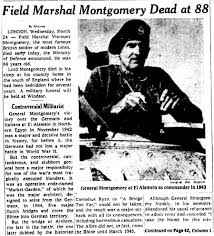
[15 of 20]
Eisenhower had to send Omar Bradley to go out and soothe wounded emotions.
Reporters and Allied generals alike once again call for Montgomery's firing.
Eisenhower had to send Omar Bradley to go out and soothe wounded emotions.
Reporters and Allied generals alike once again call for Montgomery's firing.
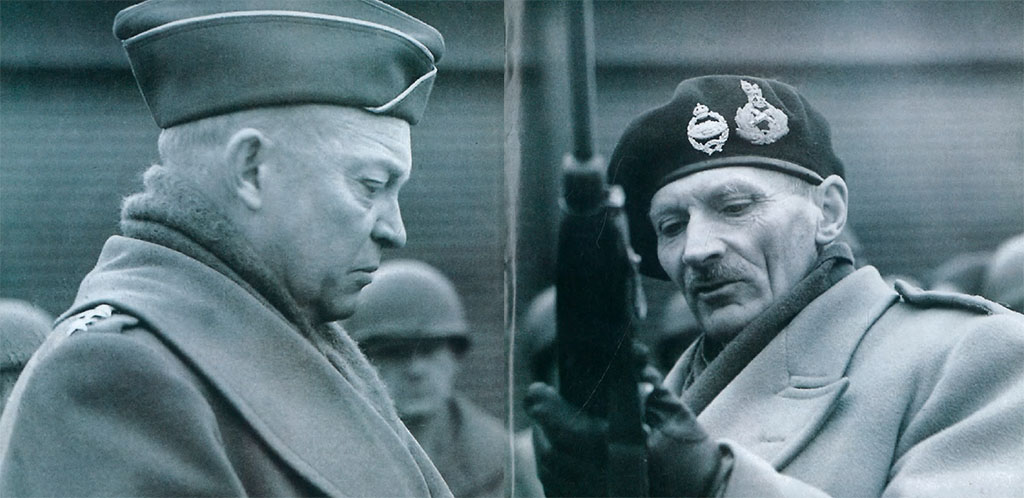
[16 of 20]
Just like MacArthur in the Korean War, Monty offered his boss one reason after another for removal. He was practically daring the Allied command to fire him.
Just like MacArthur in the Korean War, Monty offered his boss one reason after another for removal. He was practically daring the Allied command to fire him.
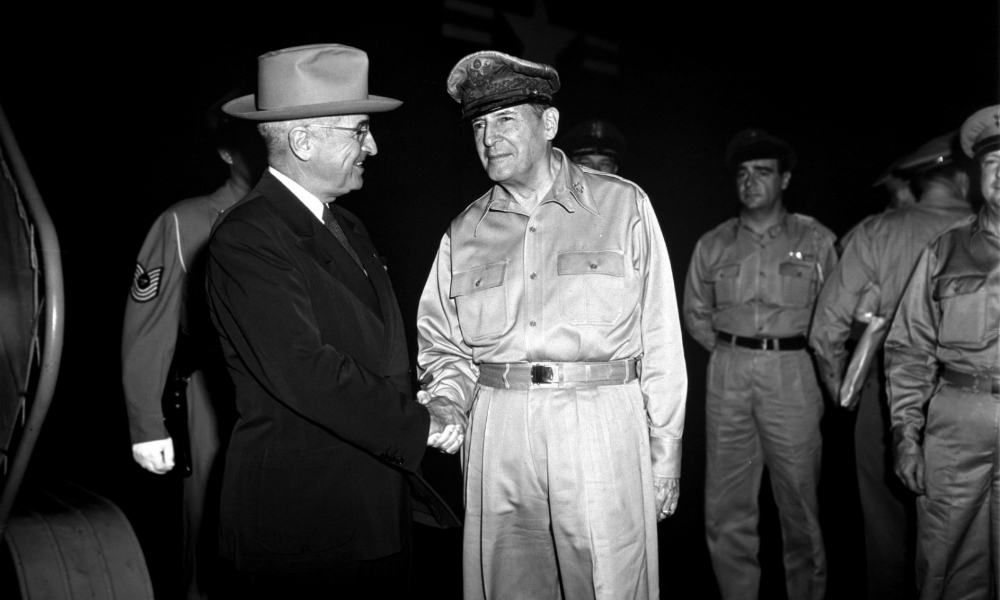
[17 of 20]
Remember that Monty got his 5th star before Ike, but by now Ike also has a 5th star. So, they both have 5 stars and, by position, Ike is Monty's boss.
Remember that Monty got his 5th star before Ike, but by now Ike also has a 5th star. So, they both have 5 stars and, by position, Ike is Monty's boss.
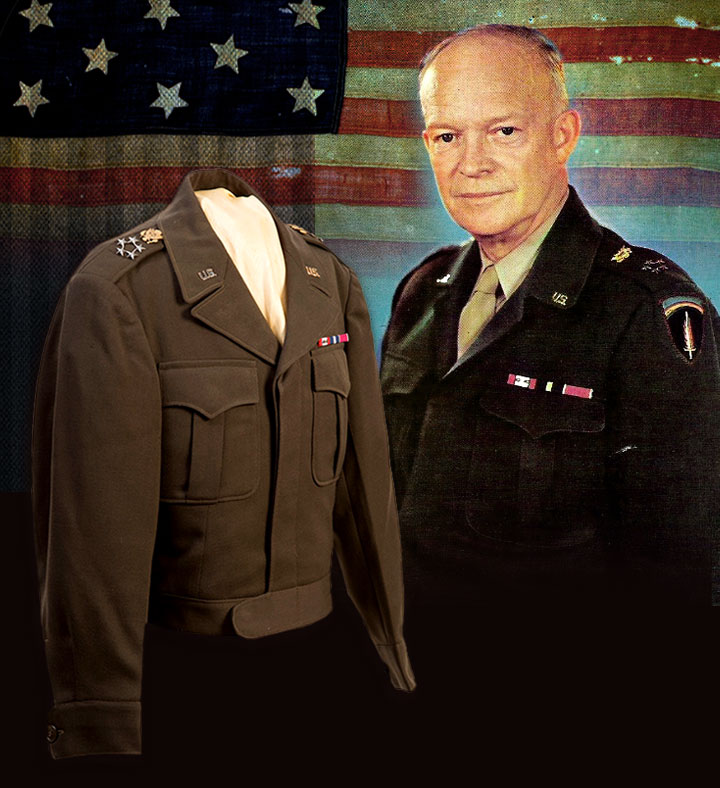
[18 of 20]
Nonetheless, by this point, Ike thought it too disruptive to fire Monty in the midst of an enormous and enormously complex combined arms counteroffensive.
Nonetheless, by this point, Ike thought it too disruptive to fire Monty in the midst of an enormous and enormously complex combined arms counteroffensive.
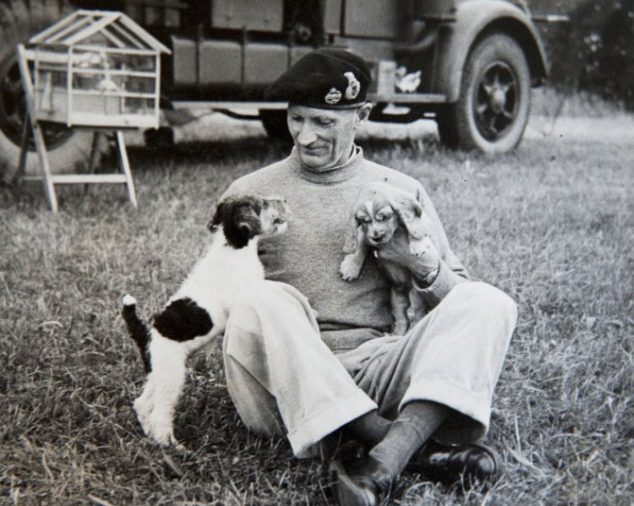
[19 of 20]
So, what does it all mean?
Here's your #MilTwitter lesson for the day: Public affairs won't win battles, but bad public affairs can lose them.
Monty's press conference had strategic ramifications and caused a loss of momentum at a moment when we had the initiative.
So, what does it all mean?
Here's your #MilTwitter lesson for the day: Public affairs won't win battles, but bad public affairs can lose them.
Monty's press conference had strategic ramifications and caused a loss of momentum at a moment when we had the initiative.

[END]
But, we love telling these stories and we love pulling these important lessons from such a monumental moment. We thank you for continuing this journey with us.
But, we love telling these stories and we love pulling these important lessons from such a monumental moment. We thank you for continuing this journey with us.
• • •
Missing some Tweet in this thread? You can try to
force a refresh
